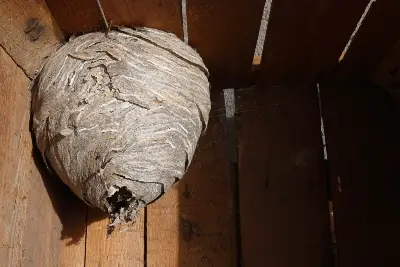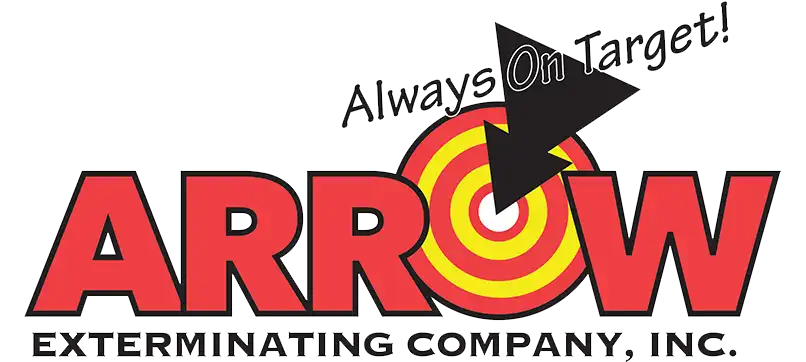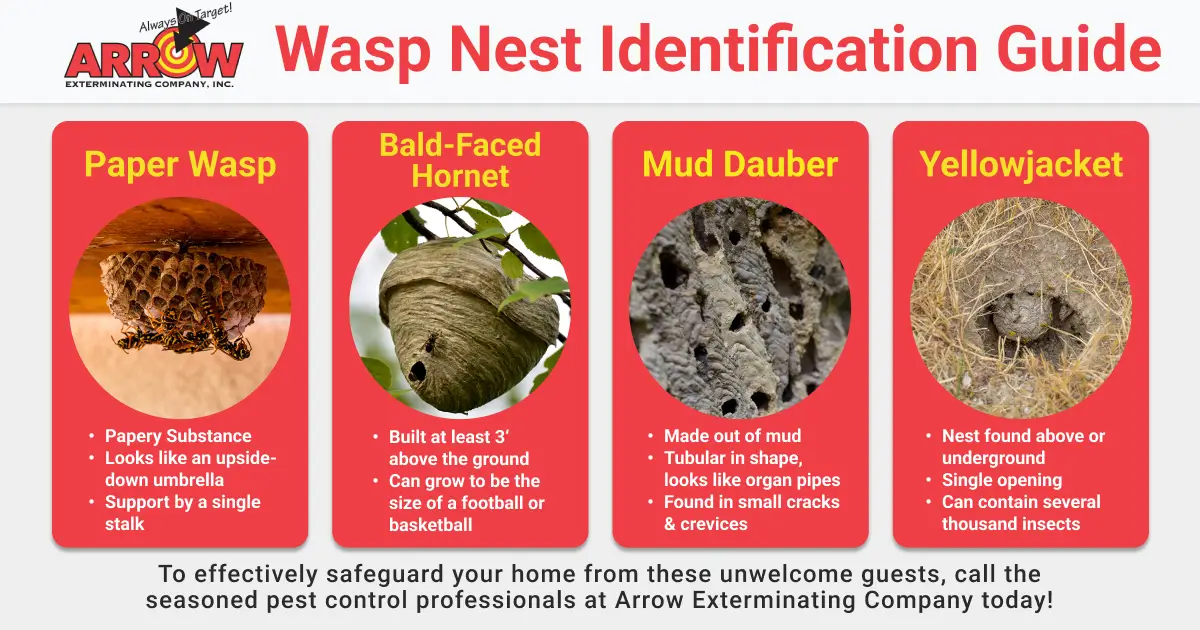
Bees, wasps, and hornets are a crucial part of our ecosystem, with their plant pollination and control of smaller pest populations. Out in the wilderness, their nests integrate seamlessly into the environment. But when they decide to move into our space with their nests, it gets a bit tricky, especially with those with a bit of a temper.
There are many DIY approaches to getting rid of stinging insect nests, but there is always the risk of getting stung (sometimes by the hundreds).
This is when you need to bring in the professionals. At Arrow Exterminating, your safety is our top priority. Our expert team offers nest removal and pest prevention services for year-round protection of your Long Island property.
How to Identify a Wasp or Hornet Nest
Need Bee, Wasp, or Hornet Nest Removal?
We'll call you! Leave your information below.
Paper Wasp Nests
As the name suggests, the material of these nests resembles grayish-brown paper. You’ll spot these nests hanging out in spots like under building overhangs or bushes, usually with a single layer of exposed comb. Here are some other characteristics of paper wasp nests:
- The exposed comb layer is typically a few inches wide.
- Upside-down umbrella-shaped with a papery brown-gray material.
- Shrub branches and plant stems are attached to the top of the nest (central stalk) for protection.
- Nests house around 20-75 wasps.
Bald-Faced Hornet Nests
Crafted in the open yet sometimes concealed until winter, their cone- or egg-shaped homes are anchored at significant heights. Other characteristics of bald-faced hornet nests include:
- Nests are gray in color with light brown and grayish stripes.
- Wasps have access through arched openings at the top of the nest, while main entrances are located at the lowest part of the nest.
- Newer nests have a longer, downward tube-shaped entrance.
- These nests can grow to the size of a football or basketball.
- Hornets build these nests attached to a building overhang, utility pole, or wall at least three feet high – or from a tree branch up to 60 feet high.
- Nests house approximately 100-400 workers at peak population and typically grow to about the size of a football or basketball
Mud Dauber Nests
These insects gather mud (giving their name) to create unique brood chambers on walls or hidden within equipment. Here are some other mud dauber nest characteristics to know:
- Structures resemble organ pipes with their tubular shapes.
- These ‘nests’ or ‘brood chambers’ are constructed from mud.
- Mud daubers build these nests on the sides of buildings, equipment, and inside machinery.
- Mud daubers feed on spiders, which they take inside their nests and feed on them.
Yellowjacket Nests
Whether nestled underground or amidst dense shrubbery, these nests are typically shielded by a gray-brown paper envelope. Here’s what to know about yellowjacket nests:
- Nests are built above ground, on branches, or on the sides of buildings.
- The paper envelope cover, which is grayish-brown, is typically hidden.
- These nests house thousands of workers at peak population.
- Yellowjacket nests have a single opening.
When is Wasp or Hornet Nest Removal Needed?
The short answer: as soon as possible. If you discover a nest larger than the size of a fist, call in nest removal professionals.
And overall, we recommend avoiding any nest you find around your home or business. Even seemingly dormant nests may harbor defensive stinging insects. The risk of upsetting bees, wasps, and hornets escalates in high-traffic areas or during the late summer and fall. During this time, there is increased aggression as they prepare for winter.
Professional Wasp Nest Removal in Long Island
Nest removal requires the utmost caution and expertise, which is why it requires professional action. In essence, stinging insect nest removal is a job for those who know what they’re doing, like us at Arrow Exterminating. Our team will come out and inspect your property for any nests and insect activity. Along with nest removal, we’ll put together a prevention plan to avoid future nest building.
Whether you have a hornet, bee, or wasp nest, reach out to us and get a free service quote today!
Back to Bee, Wasp, & Hornet Exterminators – Control – Removal

